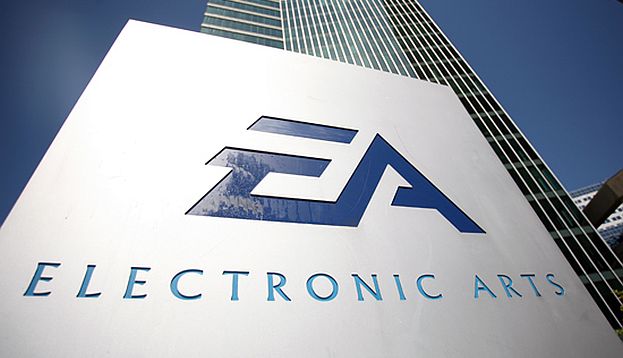Electronic Arts participated in the Credit Suisse Technology Conference yesterday, where CEO Andrew Wilson and CFO Blake Jorgenson answered some questions from the assembled analysts. The insights into EA’s strategy and how their executives perceive the market in the future are a key glimpse into how EA will proceed. EA’s plans for marketing were also discussed, and the company has some changes in store.
EA’s marketing strategy and spending has changed, and both executives discussed the particulars of the marketing differences. “One of the biggest shifts for us was simply an organizational shift,” said Jorgenson. “Trying to consolidate marketing inside the organization, to stop the sprawl and get it under a single leader. That allows for greater sharing of experiences, greater sharing of skill sets, and more focus on where the dollars are being spent. Longer term, our real focus is to try to move away from traditional large-scale marketing, heavy TV marketing, to more ROI-based marketing that’s very customer to customer. We have a relationship with many of our customers, we’re connected to many of them, we should be able to market to them at a much lower cost.”
The intent seems to be to move Electronic Arts away from mass-marketing techniques towards focusing more on individuals, as the company continues to build direct connections with customers. The enormous audience that EA has built through Origin, online play, and social media forms the basis for a direct marketing connection in non-traditional ways. This is also tied in with the shift to focusing on brands as a year-round thing, rather than a once-a-year launch of a packaged title.
Marketing is intimately tied to the company’s product strategy, according to the CEO. “One of the things that we see, and it’s somewhat counter-intuitive, is you would think if you played a game for five weeks and then put it away by the time the next version came around you would have an appetite that would have built up over the last ten or eleven months to play that game again. Actually, the reverse is true,” noted Wilson. “The closer we can get you in terms of engagement to the next launch, the greater propensity you have to purchase. That’s why we’re investing a lot in the live service post-launch, not just in the monetization opportunity in and around the product you just launched, but because it acts as a key acquisition tool for the next product launch as well.”

Wilson sees growth opportunities in a variety of areas for EA, and that the revenue mix over time will be more even across different categories. “There are three key components that will drive a revenue shift over time. One is geographic based, one is platform based, and one is business model based. I don’t think all of those things are mutually exclusive,” Wilson commented. “Console is potentially a smaller user base than mobile or PC in large markets like Brazil and China, but at a significantly higher lifetime value per consumer at this stage versus the volume play that you get out of PC free-to-play and mobile in these markets, I believe we can certainly get to a more balanced revenue mixed rather than more heavily skewed to console that we have today.”
Asked about next-gen consoles and how they might be doing five years from now, Wilson noted that “five years is very hard to predict.” He does feel that there’s good potential for next-gen consoles, but it’s not assured by any means. “I think Microsoft and Sony have a real opportunity to build a strong following and a strong installed base while they continue to be the single best way to get high quality, high definition interactive entertainment to your 80 inch television,” Wilson said. “Three or four years from now they’re going to be under some fairly stiff competition for the living room, from mobile providers, from Apple, from Google, from Roku, from Comcast to try and own that living room experience.”
What does the future hold for the game industry and Electronic Arts, and what will be driving revenue in five years? “It might be a hologram that come up through your living room floor,” said Wilson. “For us we are less focused on the device and more focused on the modality of play. We think there’s a lean-back experience on your living room sofa in front of your 80 inch TV, we think there’s a lean-in experience in some form of PC device, we think there’s a lean-over experience as it relates to mobile and tablet.”

